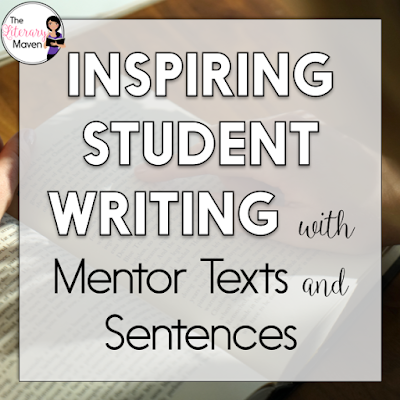The basic plot from Amazon: Saints and Misfits is an unforgettable debut novel that feels like a modern day My So-Called Life...starring a Muslim teen.
There are three kinds of people in my world:
1. Saints, those special people moving the world forward. Sometimes you glaze over them. Or, at least, I do. They're in your face so much, you can't see them, like how you can't see your nose.
2. Misfits, people who don't belong. Like me--the way I don't fit into Dad's brand-new family or in the leftover one composed of Mom and my older brother, Mama's-Boy-Muhammad.
Also, there's Jeremy and me. Misfits. Because although, alliteratively speaking, Janna and Jeremy sound good together, we don't go together. Same planet, different worlds.
But sometimes worlds collide and beautiful things happen, right?
3. Monsters. Well, monsters wearing saint masks, like in Flannery O'Connor's stories.
Like the monster at my mosque.
People think he's holy, untouchable, but nobody has seen under the mask.
Except me.
Note: The Literary Maven is a participant in the Amazon Services LLC Associates Program, an affiliate advertising program designed to provide a means for sites to earn advertising fees by advertising and linking to amazon.com.
There are three kinds of people in my world:
1. Saints, those special people moving the world forward. Sometimes you glaze over them. Or, at least, I do. They're in your face so much, you can't see them, like how you can't see your nose.
2. Misfits, people who don't belong. Like me--the way I don't fit into Dad's brand-new family or in the leftover one composed of Mom and my older brother, Mama's-Boy-Muhammad.
Also, there's Jeremy and me. Misfits. Because although, alliteratively speaking, Janna and Jeremy sound good together, we don't go together. Same planet, different worlds.
But sometimes worlds collide and beautiful things happen, right?
3. Monsters. Well, monsters wearing saint masks, like in Flannery O'Connor's stories.
Like the monster at my mosque.
People think he's holy, untouchable, but nobody has seen under the mask.
Except me.
Why I liked it: Saints and Misfits is a beautiful coming of age novel. Janna is your typical teenage girl dealing with your typical teenage girl issues. She wants her mom to stop treating her like a child and her older brother to stop annoying her. She definitely does not want to share a room with her mom now that her brother is moving back home. She's stressed about upcoming final exams and trying to walk the fine line of appeasing the mean girls without becoming one or becoming their victim.
On top of all of that, the boy Janna thinks is perfect, Jeremy, isn't Muslim and the Muslim boy everyone thinks is perfect, Farooq, tries to force himself on her. And just when it seems like things might work out between Janna and her crush, Farooq inserts himself into the situation and the mean girls take to social media, causing Janna to question how important her religion is to her, but more importantly, the kind of person she wants to be.
On top of all of that, the boy Janna thinks is perfect, Jeremy, isn't Muslim and the Muslim boy everyone thinks is perfect, Farooq, tries to force himself on her. And just when it seems like things might work out between Janna and her crush, Farooq inserts himself into the situation and the mean girls take to social media, causing Janna to question how important her religion is to her, but more importantly, the kind of person she wants to be.
Classroom application: The novel would be a great addition to your upper middle school or high school library (there is an almost sexual assault scene and some alcohol use), especially if you are looking to add diverse protagonists. Janna's mother is Egyptian and her father is Indian. Like her mother and brother, Janna is a practicing Muslim, but her father and some are her friends are not.
The novel provides a window into the Islamic culture and some of the stereotypes surrounding it. The characters are varying degrees of religious and one of the most seemingly devout characters has criminal intentions. This combination of factors helps to dispel notions that there is any one type of Muslim and also that just being religious makes you a good person, though there are plenty of other characters in the book are are religious and good.
The novel provides a window into the Islamic culture and some of the stereotypes surrounding it. The characters are varying degrees of religious and one of the most seemingly devout characters has criminal intentions. This combination of factors helps to dispel notions that there is any one type of Muslim and also that just being religious makes you a good person, though there are plenty of other characters in the book are are religious and good.
If you are interested in purchasing a copy of Saints and Misfits for yourself, you can find it on Amazon here.
Note: The Literary Maven is a participant in the Amazon Services LLC Associates Program, an affiliate advertising program designed to provide a means for sites to earn advertising fees by advertising and linking to amazon.com.




















